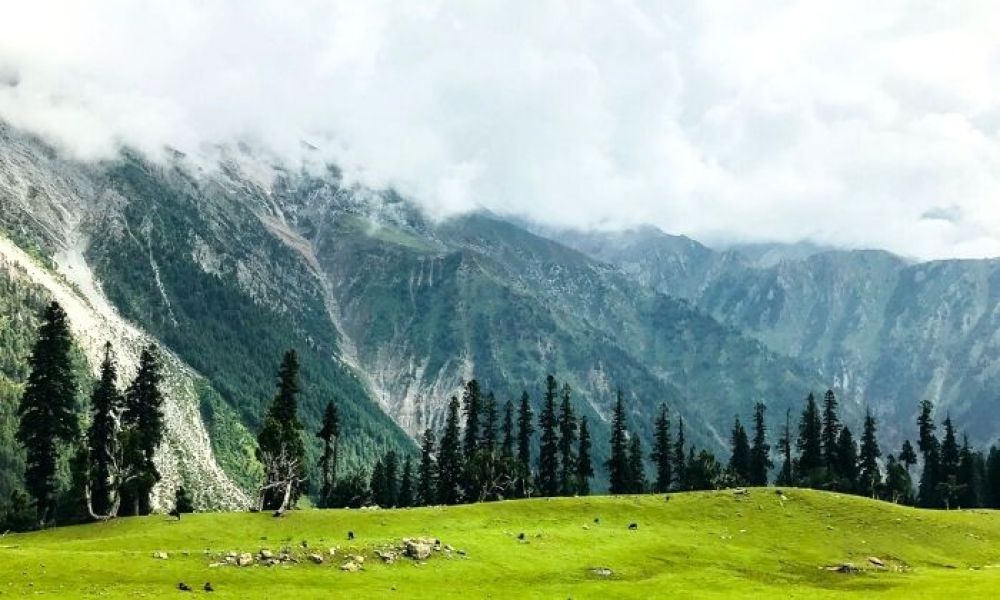

Located in the Budgam district of Jammu and Kashmir in India, Doodhpathri, or "Valley of Milk", is a picturesque destination known for its lush green meadows, pristine streams, and natural beauty. The name Doodhpathri is believed to come from the milky white water of the streams that flow through its meadows, giving it an almost magical appearance.
The history of tourism in Doodhpathri is relatively nascent compared to other well-known destinations in Kashmir. It was only recently developed as a tourist destination by the Jammu and Kashmir Tourism Department to promote more serene and unexplored areas in the region. Unlike Gulmarg, Pahalgam, and Sonmarg, Doodhpathri is a relatively hidden gem that has started to catch the attention of travelers looking for more off-beat locations.
In the early 2010s, efforts were made to put Doodhpathri on the tourism map. Infrastructure development projects were initiated, including the construction of roads, rest facilities, and promotion of eco-friendly tourism practices. Doodhpathri offers visitors a chance to experience the untouched beauty of Kashmir without the crowds often found in its more famous counterparts.
Doodhpathri is not only known for its scenic beauty but also for various outdoor activities that attract nature lovers. Here are some of the attractions and activities that have been drawing tourists:
With the growing desire for sustainable and responsible travel, Doodhpathri is witnessing a trend towards eco-tourism. Travelers are seeking more authentic experiences, where they can connect with local culture and nature, leaving minimal environmental footprints.
Another trend is the rise in digital nomadism – individuals who wish to work remotely while being surrounded by nature. Doodhpathri's serene environment gives these travelers the perfect backdrop for inspiration and productivity.
Lastly, there's an increased interest in experiential travel, where tourists wish to immerse themselves in local traditions and lifestyle. Visitors to Doodhpathri are increasingly engaging with local communities, enjoying traditional Kashmiri cuisine, and learning about the region's rich culture and heritage.
In conclusion, while still a developing tourist destination, Doodhpathri's untouched natural beauty offers immense potential for growth in Kashmir's tourism sector. As the region becomes more accessible and known among travelers, it stands as a beacon of peace and tranquility, offering a different side of Kashmir waiting to be explored.